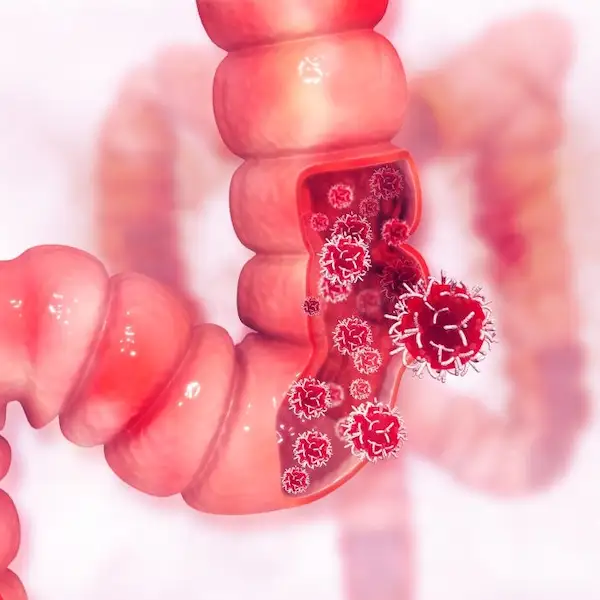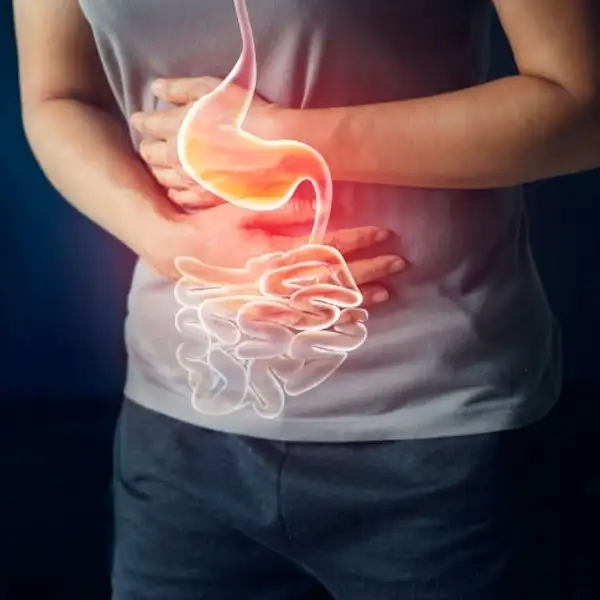Flexible Sigmoidoscopy
Flexible sigmoidoscopy is a routine outpatient procedure in which the inner lining of the lower large intestine is examined. Flexible sigmoidoscopies are commonly used to evaluate gastrointestinal symptoms, such as abdominal pain, rectal bleeding, or changes in bowel habits.
They are also performed to screen people over age 50 for colon and rectal cancer.
During the procedure, a doctor uses a sigmoidoscope, a long, flexible tubular instrument about 1/2 inch in diameter, to view the lining of the rectum and the lower third of the colon (the sigmoid colon).
How Do I Prepare for a Flexible Sigmoidoscopy?
Before having a flexible sigmoidoscopy, make sure you tell your doctor about any medical conditions you may have that he or she may not know about.
You should always tell your doctor if you:
- Are pregnant
- Have a lung or heart condition
- Are allergic to any medications
- Have diabetes or take drugs that may affect blood clotting
Adjustments to these medications may be required before the sigmoidoscopy procedure.
Never stop taking any medication without first consulting with your doctor.
You may need to take antibiotics before the sigmoidoscopy if you:
- Have an artificial heart valve
- Have ever been told you need to take antibiotics before a dental or surgical procedure
Do I Have to Stop Eating and Drinking Before a Flexible Sigmoidoscopy?
There are no diet or fluid restrictions before a flexible sigmoidoscopy. But, your bowel must be cleansed in order for sigmoidoscopy to be successful. You will receive two enemas before the procedure since the rectum and lower intestine must be empty so that the intestinal walls can be seen. You will need to try to hold the enema solution for at least five minutes before releasing it.
How Is a Flexible Sigmoidoscopy Performed?
A flexible sigmoidoscopy is performed by a doctor experienced in the procedure and usually lasts from 10 to 20 minutes. No sedation is required. Your doctor will have you lie on your left side, with your knees drawn up. The sigmoidoscope is inserted through the rectum and passes slowly into the sigmoid colon. A small amount of air is used to expand the colon so the doctor can see the colon walls. You may feel mild cramping during the procedure. You can reduce the cramping by taking several slow, deep breaths during the procedure. When the doctor has finished, the sigmoidoscope is slowly withdrawn while the lining of your bowel is carefully examined.
What Happens After a Flexible Sigmoidoscopy?
After the procedure, your doctor will discuss the results of your flexible sigmoidoscopy with you.
You may feel some cramping or a sensation of having gas, but this usually passes quickly.
You may resume your normal diet and activities.
If growths, or polyps, are found during the procedure, a biopsy (removal of tissue) of the polyp, or polyps, may be taken, or you may be advised to have a complete colon exam, by colonoscopy with polyp removal.
Puncture of the colon is a serious — although rare — a possible complication of sigmoidoscopy. If you experience any of the following, call your doctor immediately:
- Severe abdominal pain
- Fever and chills
- Heavy rectal bleeding (greater than 1 tsp. at a time)

